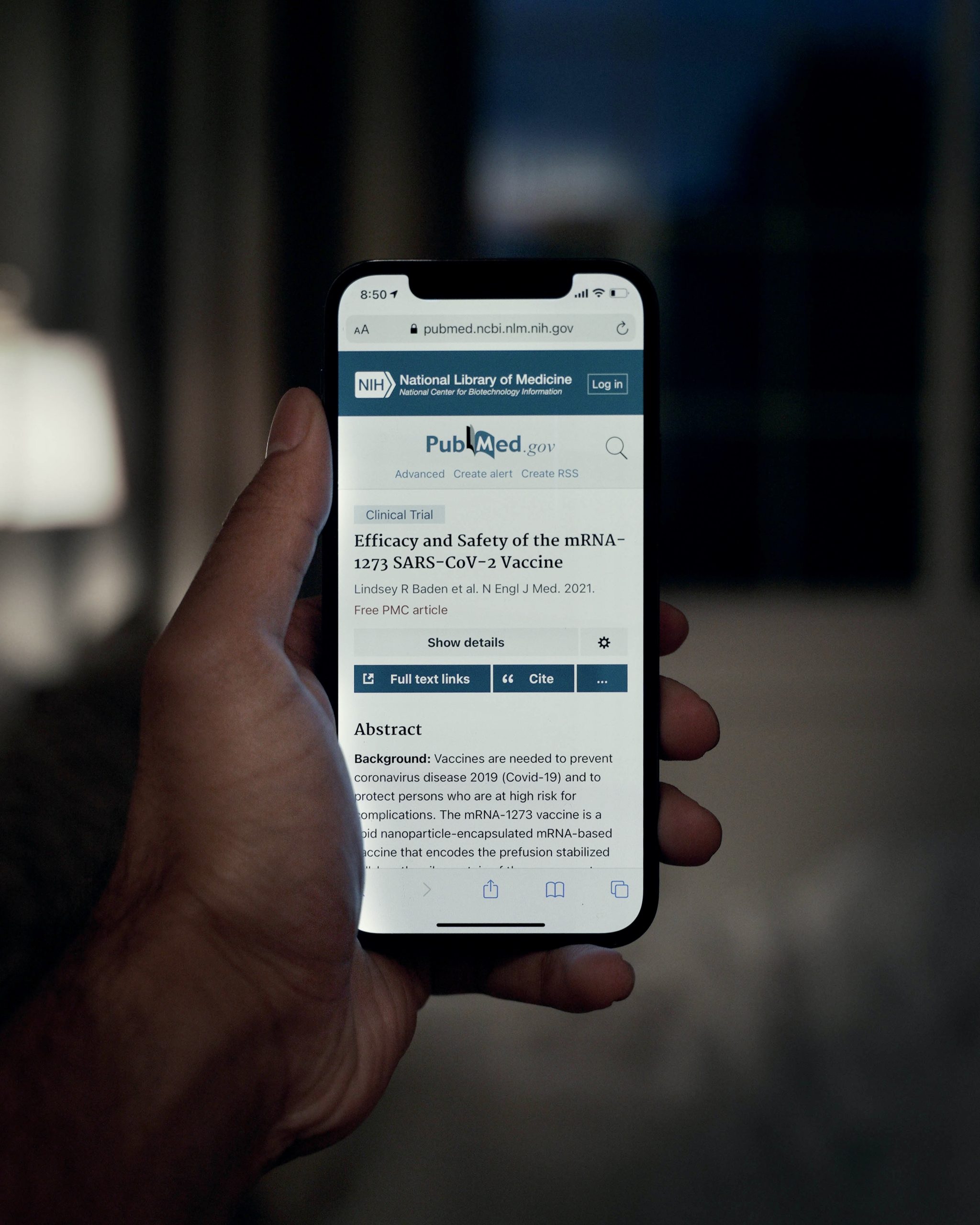Imagine finding yourself in a precarious situation, stranded and in need of rescue. We’ve all seen those harrowing tales unfold in movies, but what if it happened to you? In times of desperation, it’s crucial to know effective techniques for signaling for rescue. Whether you’re lost in the wilderness, trapped in a remote area, or stuck on a deserted island, this article will guide you through various methods to catch the attention of potential rescuers and increase your chances of being found. So, let’s explore these life-saving techniques together and equip ourselves with the knowledge to make our distress signals heard loud and clear.
Understanding the Basic Principles of a Rescue Signal
The significance of sending clear signals
When you find yourself in a stranded location, sending clear signals is vital for catching the attention of potential rescuers. A rescue signal is your lifeline in a dire situation, as it conveys your presence and urgent need for help. By understanding the significance of clear signals, you increase your chances of being noticed and rescued in a timely manner.
Elements of an effective rescue signal
To create an effective rescue signal, there are several elements you should keep in mind. First, visibility is key. Your signal needs to be visible from a distance, even in challenging environmental conditions. Secondly, simplicity is crucial. Complicated signals may not be understood by rescuers or could be easily mistaken for natural occurrences. Finally, consistency is important. Repeatedly sending your signal ensures that rescuers recognize it as intentional and not a coincidence.
Safety considerations when signaling for rescue
While it is important to focus on signaling for rescue, your safety should always come first. Before initiating any signaling techniques, assess the potential risks and dangers associated with your location. Be aware of environmental hazards such as unstable terrain or extreme weather conditions. By prioritizing safety, you can effectively signal for rescue without putting yourself in further danger.
Using Fire as a Signal for Help
Creating a signal fire safely
Fire has been used throughout history as an effective means of signaling for help. To create a signal fire safely, start by preparing a designated area free from dry vegetation or flammable materials that could potentially spark a wildfire. Gather dry branches, leaves, or other combustible materials and pile them up in a pyramid shape. Have a reliable source of ignition, such as matches or a lighter, ready to ignite the fire.
Location considerations for a signal fire
Choosing the right location for your signal fire is crucial. Look for an open area, preferably on elevated ground, where the smoke and flames can be easily seen. Avoid lighting the fire near dense forests or buildings that could obstruct visibility. Additionally, be mindful of wind direction to prevent smoke from blowing back towards you.
Using additives to produce smoke signals
To enhance the visibility of your signal fire, consider adding certain materials to create dense smoke. Green vegetation, colored fabric, or rubber can be burned alongside the fire to produce colored smoke. This can greatly aid rescuers in distinguishing your signal from natural occurrences and increase the chances of being spotted.
Using Visual Signals for Rescue
Using mirrors and reflective objects
Mirrors and reflective objects can be effective tools for attracting attention in a stranded location. Carry a small signaling mirror or any reflective items, such as CDs or aluminum foil, in your survival kit. To use a mirror for signaling, angle it towards the line of sight of potential rescuers and reflect the sunlight. Move the mirror in a sweeping motion to cover a larger area and increase the likelihood of being noticed.
Creating rescue symbols in open spaces
If you have access to an open area, you can utilize natural or improvised materials to create rescue symbols. Large letters such as SOS made with rocks, branches, or any contrasting materials will stand out against the background. Arrange the symbols in a clear and easily recognizable manner, ensuring they can be discerned from a distance. These symbols act as a universal distress signal and may heighten the chances of attracting rescuers.
Using Audio Signals to Attract Attention
Utilization of whistles and horns
Whistles and horns are valuable tools for signaling your presence in a stranded location. They produce a loud and sharp sound that carries over long distances. Attach a whistle to your survival kit or keep it within reach at all times. Blow the whistle in short bursts, with a pause between each blast, to create a distinct and attention-grabbing sound. Remember that three consecutive whistle blasts represent an international distress signal.
Making noise with available objects
In the absence of a whistle or horn, you can utilize various objects to create noise and attract attention. Bang on metal or rocks to generate loud sounds that can travel far. If you have access to a firearm, discharge it into the air in a safe direction as a last resort. These tactics may alert rescuers to your presence and prompt them to investigate the source of the noise.

Using Electronic Devices for Signaling
Employing cell phones and radios
If you have access to a functional cell phone or radio, they can be invaluable tools for signaling for rescue. Attempt to make a call to emergency services or contact any known emergency channels. Keep in mind that signal reception may be limited in remote areas, so it is important to find higher ground or a clear line of sight to increase your chances of acquiring a signal.
Utilizing GPS devices for rescue
GPS devices can provide your precise location coordinates, streamlining the rescue process. Ensure your GPS device is fully charged and activated. If possible, transmit your location to emergency services or alert them of your predicament. This information allows rescue teams to pinpoint your exact location, expediting their arrival.
Using distress beacons and PLBs
Personal Locator Beacons (PLBs) and distress beacons are specialized devices designed specifically for rescue signaling. When activated, these devices emit a distress signal that is picked up by satellites, notifying local search and rescue teams of your situation. Carry a PLB or distress beacon in your survival kit to ensure you have a reliable and effective signaling tool in case of an emergency.
Utilizing Flares for Signaling
Deploying aerial flares
Aerial flares are a commonly recognized distress signal and are highly effective in catching the attention of rescuers. These handheld devices emit a bright light and reach a considerable height when deployed. Follow the manufacturer’s instructions on activating and deploying aerial flares safely. Aim them towards the sky and away from any flammable materials, ensuring your safety during the signaling process.
Setting off ground flares
Ground flares are an alternative to aerial flares for signaling your need for rescue. These flares produce a vibrant colored smoke that can be seen from a distance. Find a clear area, away from any vegetation or flammable substances, to light the ground flare. Hold the flare upright and ignite it, allowing the smoke to rise and signal for help.

Creating Ground-to-Air Signals
Constructing large SOS symbols
When you have adequate space and resources, constructing large SOS symbols on the ground can significantly increase the visibility of your signal. Utilize rocks, branches, or any contrasting materials to shape large letters, spelling out SOS in a clear and easily recognizable manner. These symbols serve as a globally understood distress signal and can be picked up by search aircraft or satellites.
Using natural materials for ground signals
If your resources are limited, nature can provide materials for creating ground signals. Use rocks, tree branches, or any other contrasting materials available in your surroundings to form large, straight lines or triangles. These simple shapes can indicate your need for rescue and are more likely to catch the attention of passing aircraft.
Creating contrast for better visibility
To make your ground-to-air signals more visible, ensure there is a strong contrast between the signaling materials and the surrounding terrain. For example, use light-colored rocks on dark soil or dark-colored branches on snow-covered ground. Maximizing the contrast enhances the visibility of your signals and improves the chances of being seen by potential rescuers.
Using Flags and Cloth for Signaling
Making improvised flags
Flags are highly visible signaling tools that can be easily created with cloth or other durable materials. If you have access to a brightly colored cloth or fabric, attach it to a long stick or pole to create an improvised flag. Wave the flag vigorously to catch the attention of passing rescuers or search aircraft.
Using brightly colored cloth for visibility
Brightly colored cloth, such as a bandana or a piece of clothing, can be an efficient signaling tool. Hang the cloth in an open area where it can be clearly seen. The vibrant color stands out against natural surroundings and attracts attention from a distance. Keep the cloth moving periodically to further enhance its visibility.
Utilizing Body Language and Gestures
Significance of body movements
In situations where communication is limited, body language can become your means of signaling for rescue. Make deliberate and exaggerated movements to attract attention. Stand in open areas or on elevated ground to increase visibility. Swinging your arms, jumping, or waving your arms overhead can draw the attention of potential rescuers.
Standard gestures to communicate to rescuers
Certain standard gestures can effectively communicate your need for rescue. Use a hand to shield your eyes from the sun and scan the horizon, indicating that you are looking for help. Signal a helicopter or airplane by extending your arms out to the sides, imitating wings. Additionally, raising both arms overhead forms a visual distress signal recognized internationally.
Keeping impaired conditions in mind
In some situations, you may find yourself injured or physically impaired, limiting your ability to utilize body language and gestures effectively. In such cases, focus on creating visible signals, such as using clothing or reflective objects. Take comfort in knowing that search and rescue operations are highly trained to spot signs of distress and will utilize various methods to locate and assist you.
Importance of Cottoning Survival Skills for Rescue Signaling
Undergoing basic survival training
To enhance your chances of successful rescue signaling, it is crucial to undergo basic survival training. Survival training equips you with essential knowledge and skills, such as navigating through unfamiliar terrain and understanding the principles of rescue signals. By familiarizing yourself with survival techniques, you will be better prepared to handle emergency situations and increase your chances of getting rescued.
Learning and practicing signaling techniques
Learning and practicing various signaling techniques is a key aspect of survival training. Each signaling method requires different skills and materials. By familiarizing yourself with these techniques and practicing them in controlled settings, you will gain confidence and proficiency in signaling for rescue. Remember that regular practice ensures that you can effectively execute the chosen signaling method when faced with a real emergency.
Understanding the importance of staying calm and composed
In any emergency situation, staying calm and composed is vital. Panicking can cloud your judgment and hinder your ability to think clearly, potentially compromising your safety and the effectiveness of your rescue signaling efforts. Practice techniques for maintaining composure, such as controlled breathing and positive self-talk, to remain focused on your goal of attracting rescue. Remember, help is on the way, and staying calm improves your chances of a successful rescue.
By understanding the basic principles of a rescue signal and familiarizing yourself with various signaling techniques, you empower yourself to take action in a stranded location. Whether it be using fire, visual signals, audio signals, electronic devices, flares, ground-to-air signals, flags, body language, or cloth, each method has its advantages and considerations. However, the most important aspect of signaling for rescue is prioritizing your safety and staying calm throughout the process. By combining these elements, you enhance your chances of being noticed and rescued, turning a dire situation into a successfully resolved one.

